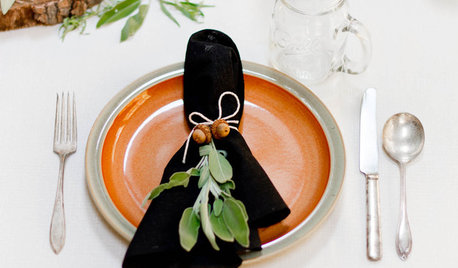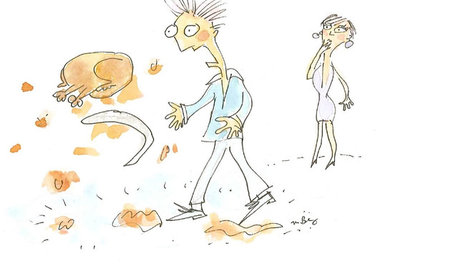HELP!!!!!!!
I recently repotted my 35-year-old chicken gizzard aralia, thinking that she could use some fresh soil fortified with nutrients and minerals. I used MiracleGro potting soil for indoor plants and a little bit of generic potting soil. She seemed okay after the first two weeks, but then things started going downhill.
The new soil was rather moist, and my partner watered her shortly after repotting. I think he over-watered because soon after, she started profusely dropping leaves, and she's still dropping leaves and won't stop. Most of the leaves start to turn yellow before dropping, but some of the leaves that drop are still green. I put a moratorium on watering her and have been allowing the soil to dry out by digging up holes and turning the soil every few days. I'm not quite sure what else to do. She won't stop dropping leaves, and at this rate, she'll be barren soon.
Anyone who knows anything about aralias, particularly the chicken gizzard variety, please chime in.












greenlarry
GeeEssKayOriginal Author
Related Professionals
Bridgetown Landscape Architects & Landscape Designers · Arnold Landscape Architects & Landscape Designers · Rancho Palos Verdes Landscape Architects & Landscape Designers · Anderson Landscape Contractors · Surprise Landscape Contractors · Barrington Landscape Contractors · Crystal Landscape Contractors · Huntington Landscape Contractors · Palatine Landscape Contractors · Peoria Landscape Contractors · Richmond Landscape Contractors · Shoreview Landscape Contractors · Woodbury Landscape Contractors · Jacinto City Interior Designers & Decorators · Struthers Interior Designers & Decoratorsgreenlarry
tapla (mid-Michigan, USDA z5b-6a)
birdsnblooms
greenlarry
birdsnblooms
tapla (mid-Michigan, USDA z5b-6a)
pirate_girl
greenlarry
foxglove208
tapla (mid-Michigan, USDA z5b-6a)